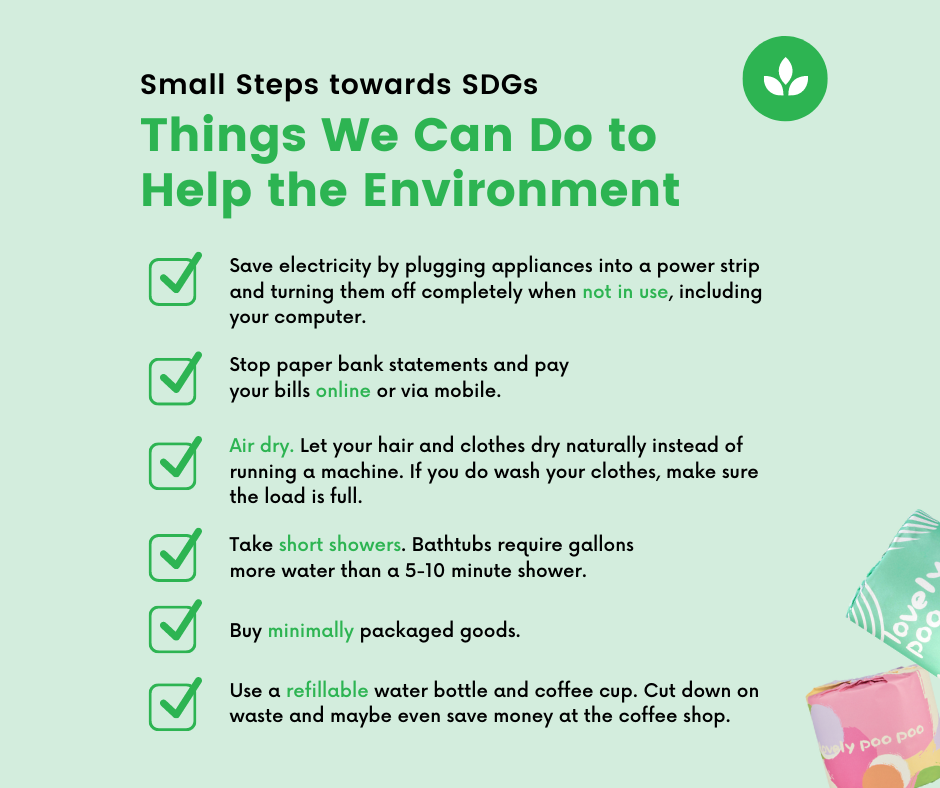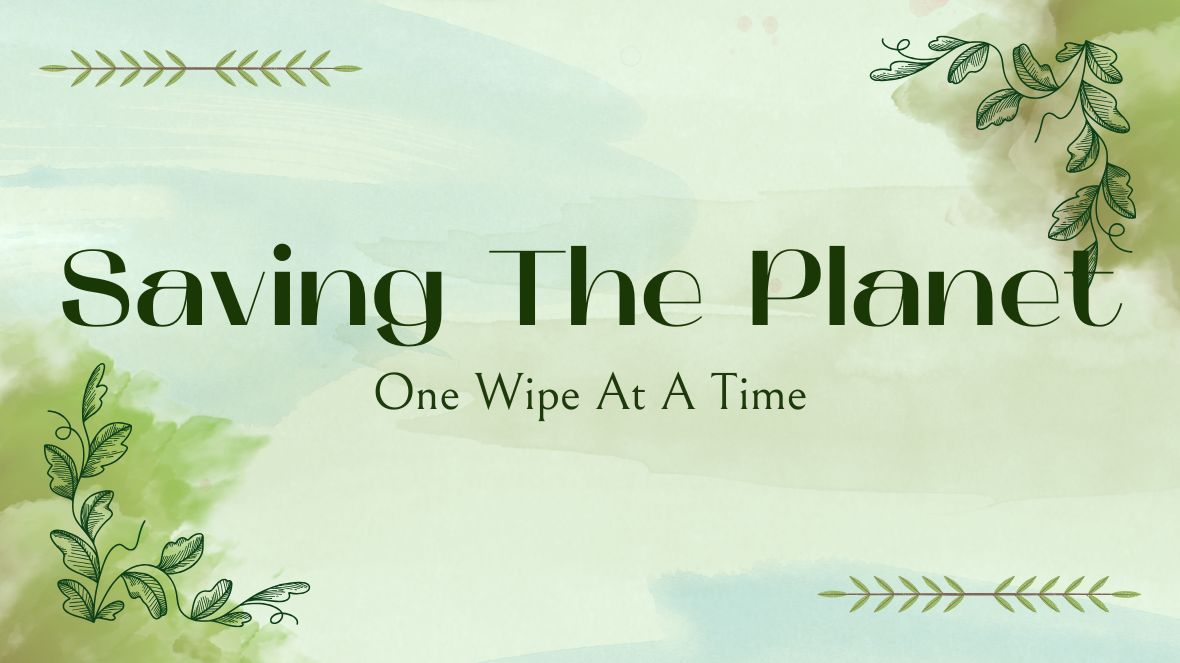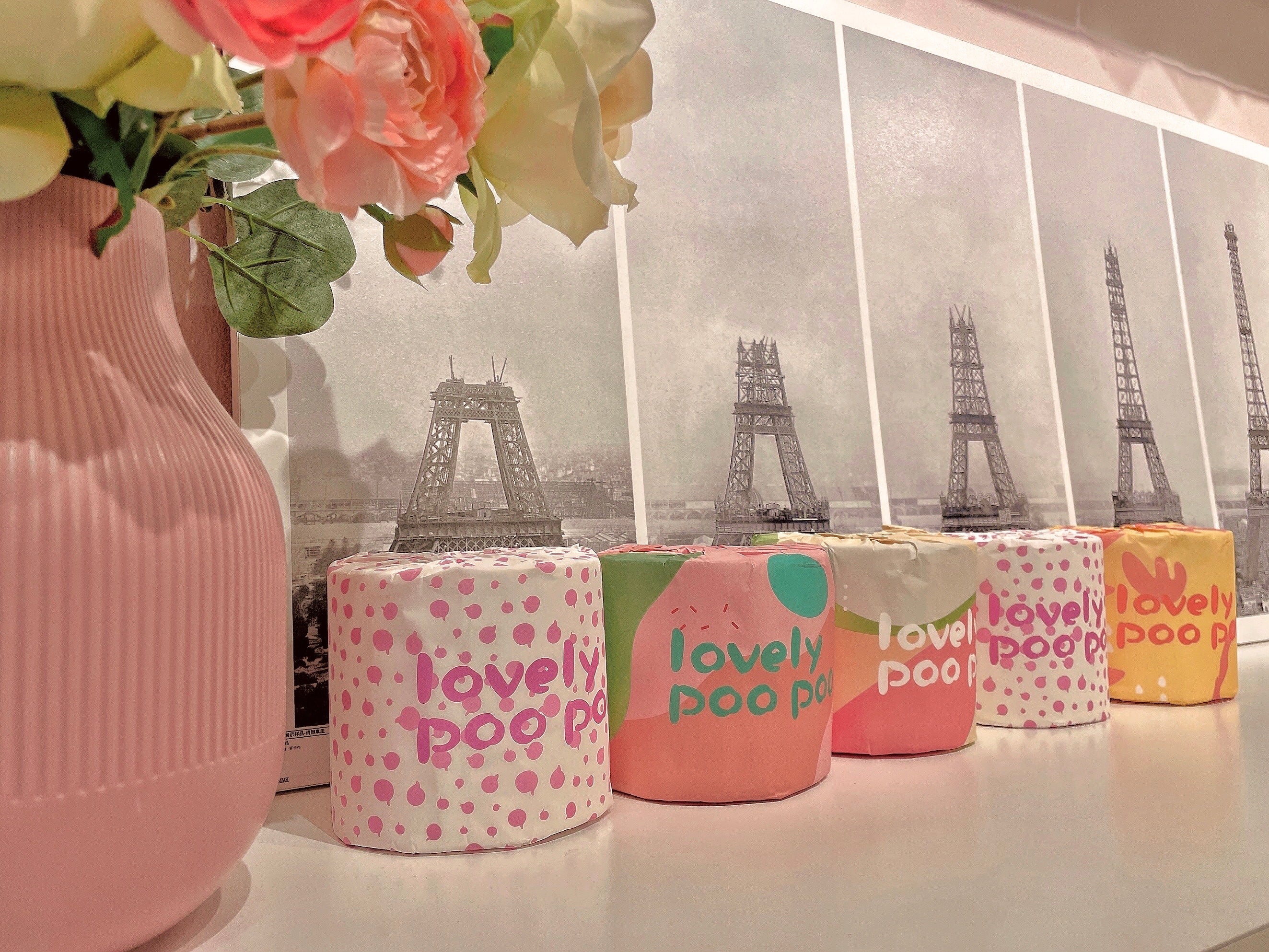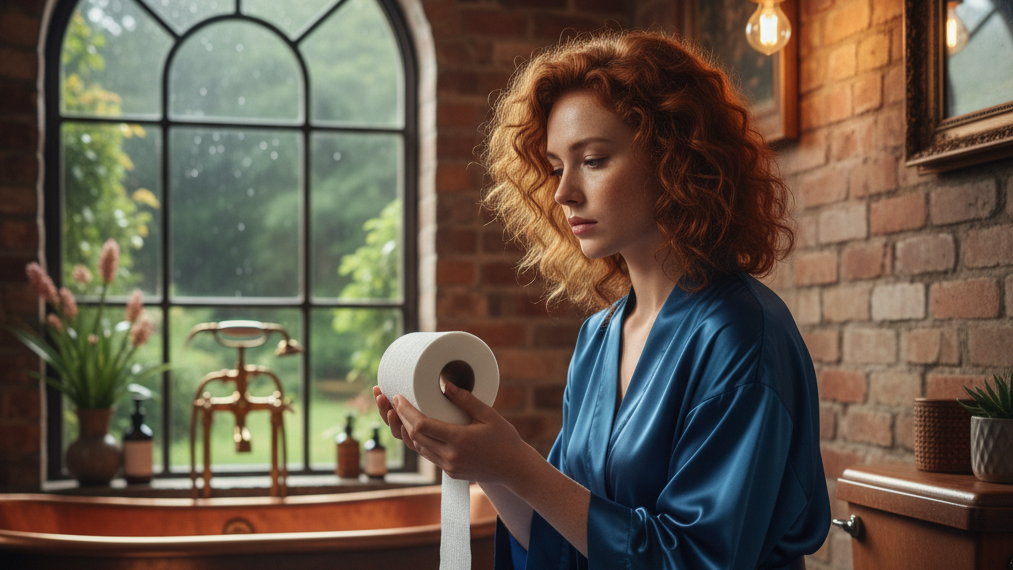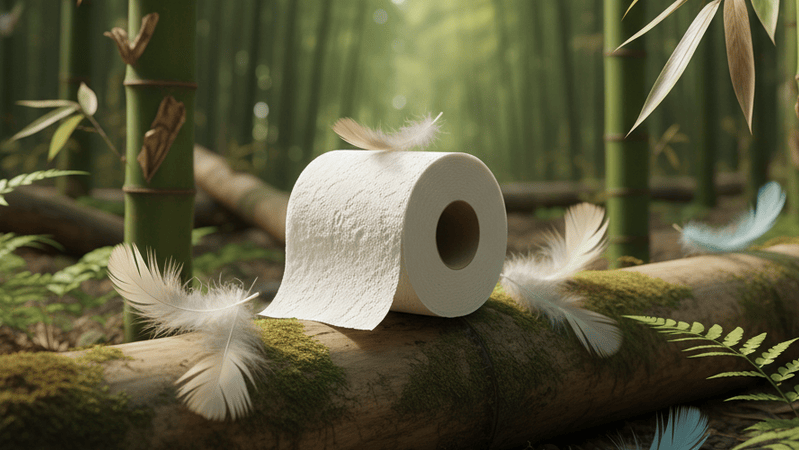Why Sustainability Matters
Sustainable development points out the right direction of development. The world has a large population with limited resources per capita. Always put population control, resource conservation, and environmental protection at the forefront of development.
The sustainable development strategy enriches and develops. The sustainable development strategy embodies the idea of coordinating economic development with population, resources, and environment, and coordinating current development with future development to achieve balanced and sustainable development.
The importance of sustainability is ubiquitous in today's world. Living a sustainable lifestyle involves consciously building a world with less harmful carbon emissions, food waste and pollution for future generations by making sustainable choices.
Not sure how to make your home life more sustainable? Making choices that align with the Sustainable Development Goals starts with lifestyle changes, such as using reusable items.
Choosing to use sustainable brands and products, such as Lovely Poo Poo bamboo paper products, over unsustainable options is a step towards responsible consumption.
We want to take you through 3 simple sustainable living tips to implement in your everyday life.
#1 Sustainable energy use, all the time
- Make full use of the sun
When you're thinking about lighting your new home, consider location and orientation to maximize the amount of natural light your home gets. The exact location depends on your home's design and the climate you're building in. Ask your builder how to position your home on your lot for best results.
- Make sure you have adequate insulation
Insulating your home provides resistance to heat flow, and the more resistance your insulation provides, the lower your heating and cooling costs will be. Properly insulating your home will also make your family more comfortable.
Insulation materials range from fiberglass to rock wool, cellulose and natural fibers, to rigid foam board and smooth foil. Your home's insulation is rated based on thermal resistance, or R-value. The R-value depends on the type, thickness and density of the insulation, the higher the R-value, the better the insulation.
- Find the perfect windows and doors
After you've positioned your home for efficient daylighting, you also need to choose the right windows and doors to maintain that efficiency. Choosing ENERGY STAR® rated windows and doors will reduce home energy costs by an average of 12% nationwide. Plus, they protect you from the winter cold and help you fight the summer heat. ENERGY STAR® windows also have a coating that acts like sunscreen to protect your valuables from harmful UV rays. That means your drapes, wood floors, and favorite photos won't fade and discolor after years of sun exposure.
- Install an efficient space heating system
Half of the energy used in your home is used for heating and cooling, so making smart decisions about your heating, ventilation, and air conditioning systems can affect your home more than you think. Once your system is installed, replace the air filter on time, make sure it is properly maintained, get it tuned annually and install a programmable thermostat.
- Evaluate your home’s energy usage
The appliances you use every day also add to your home's carbon footprint. Choosing appliances will help you save money on your home energy bills. Many different types of appliances are ENERGY STAR® rated, so whether you're looking for a new dishwasher, air conditioner or a new TV, you can save energy.
#2. Save water, every moment
Water is the lifeline of human existence, the lifeline of economic development and social progress, and an important material basis for achieving sustainable development and creating a harmonious society.
With the continuous and rapid economic development, the acceleration of urbanization and the continuous improvement of people's living standards, the shortage of water resources and the deterioration of water environment have become increasingly prominent, and new requirements have been put forward for water resource management. Water resources should develop in harmony with population, economy, and ecological environment.
With the improvement of water use efficiency as the core, through rational development, efficient utilization, optimized allocation, comprehensive conservation, effective protection, and comprehensive management of water resources, the sustainable use of water resources can be realized to achieve sustainable utilization of water resources. Support sustainable economic and social development:
1. Save water and turn off the tap.
2. Water recycling, washing rice water to flush the toilet.
3. Water the flowers with vegetable washing water.
4. Flush the toilet with laundry water.
5. It is best for car owners to wash their cars by themselves, using a bucket of water to wash a car.
6. After washing, turn on the faucet by hand to save every drop of water.
7. Don't play with water, save money.
8. Save water and not discharge polluting liquid.
9. If the faucet is found to be leaking, the maintenance personnel should replace it immediately to avoid the loss of water source in vain.
10. Control the size of the faucet switch and turn off the water in time.
#3. Choose Green Living
Eating more vegetables and less meat is well documented, but meat production and the modern practices behind it are the most destructive when it comes to the health of our planet. As with many things covered in this article, there are many layers to this, including the land cleared to manage livestock for meat, the agriculture used to feed those animals, the vast water use of the industry as a whole, and more. Through false marketing - the demand and appeal of meat has become a staple in the American diet and this needs to change.
This is another great example of small changes having big impacts. Everyone's body is different, and we're not saying to cut out meat completely, but three meals a day, if you can choose a plant-based alternative for one meal a day or a few times a week, that's great. sustainable lifestyle.
So if we think in terms of simple ways to practice sustainable living to look for sustainable brands. A second search might be to look for top certifications in certain categories that you often buy on your way to the store. For example - for toilet paper - you might look for the FSC certification stamp to ensure the paper comes from forests certified by the Forest Stewardship Council. Then the next time you go to the store, as you make purchases in each particular aisle, you can take a moment to look at the products to see if they meet your criteria.
As you get used to doing this, you may not even need to check your list and will know exactly what you are looking for.
Lovely Poo Poo: Sustainability for the Home
Sustainability is critical to the survival of the planet. Humans need places to live, economies can benefit from sustainable change, environmental responsibility can improve public health outcomes, and our future depends on efforts to make the planet cooler and greener.
While making changes to your personal lifestyle, don't forget the bamboo paper products you use in your daily life, such as paper towels and toilet paper. These products are often made from wood pulp (a method that is rarely sustainable), but there is an alternative that can shake up the market and promote positive change.
At Lovely Poo Poo, we specialize in bamboo paper products. Bamboo is a more sustainable alternative to traditional tree-based paper products, and our sustainable products are 100% tree-free and plastic free.
When you're ready to jump into sustainability, Lovely Poo Poo has your back - environmental responsibility is at hand.
